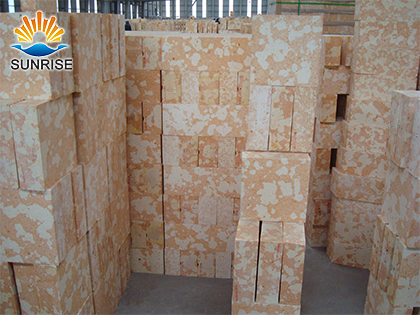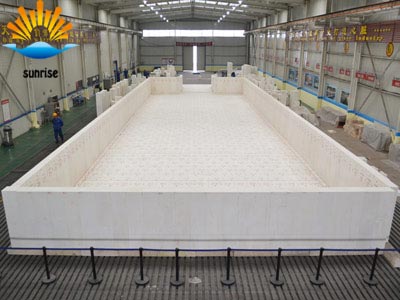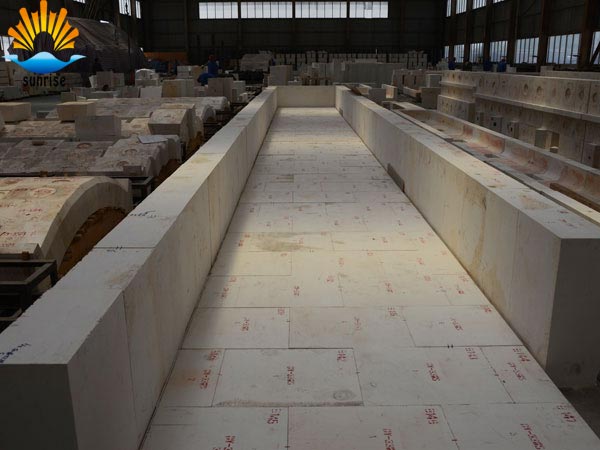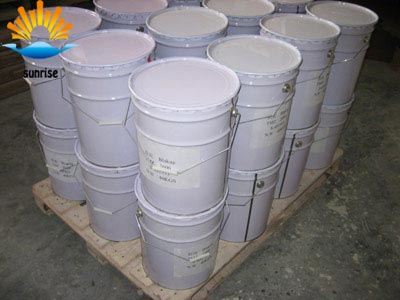98 silica bricks is a new type silica bricks with high quality for glass kiln which was developed on the basis of 97 silica brick technologies.
Because of a calcium silicon phase (CaO·SiO2), formed by SiO2 and CaO, the study found that calcium silicon phase (CaO·SiO2) in the silica brick is the major cause of silica brick erosion, this combination is vulnerable to erosion of alkaline substances such as NaOH. The reaction between Calcium silicon phase and NaOH will form glass phase in silica bricks, and will slowly dissolve SiO2 particles.
98 silica bricks ensures high temperature strength, at the same time, improves the SiO2 content and reduces the content of CaO, which makes the products with further improved erosion resistance, especially in the daily output of the larger modern glass kiln, the effect is more apparent. The production technology is stable and the products has the best performance.
|
superior silica bricks for glass kiln |
BG-97 |
BG-98 |
|
|
SiO2 ≥ |
97 |
98 |
|
|
Fe2O3 ≤ |
0.8 |
0.8 |
|
|
|
0.4 |
0.35 |
|
|
|
1685 |
1690 |
|
|
|
22 |
22 |
|
|
Cold crushing strength(MPa) |
Unit weight<20kg ≥ |
35 |
35 |
|
Unit weight ≥ 20kg ≥
|
30 |
30 |
|
|
|
2.34 |
2.34 |
|
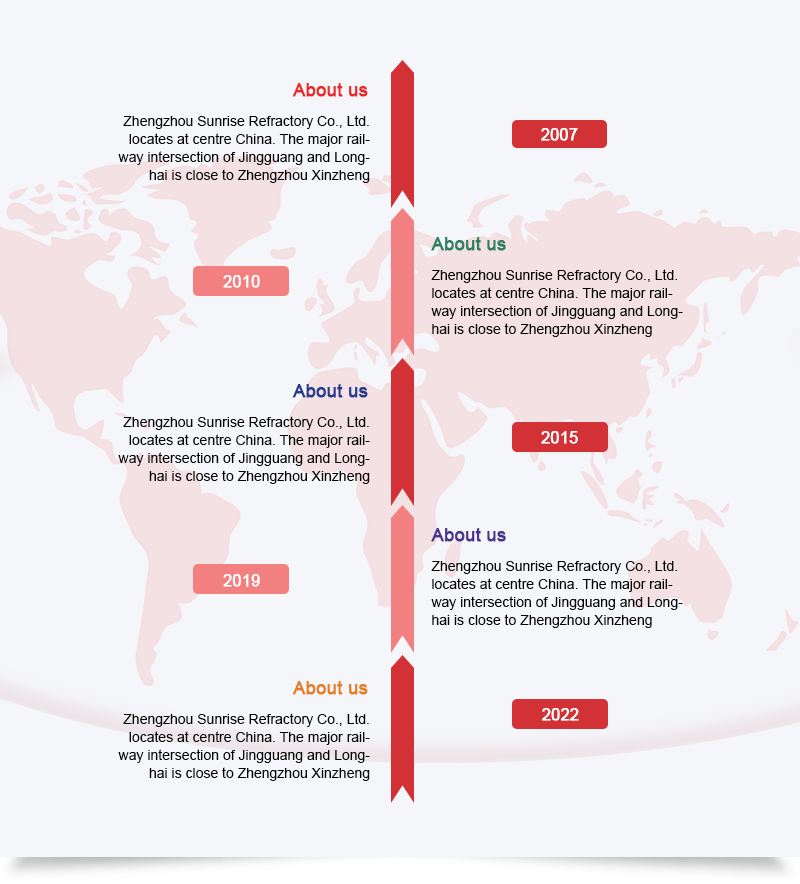
Factory strength »


















